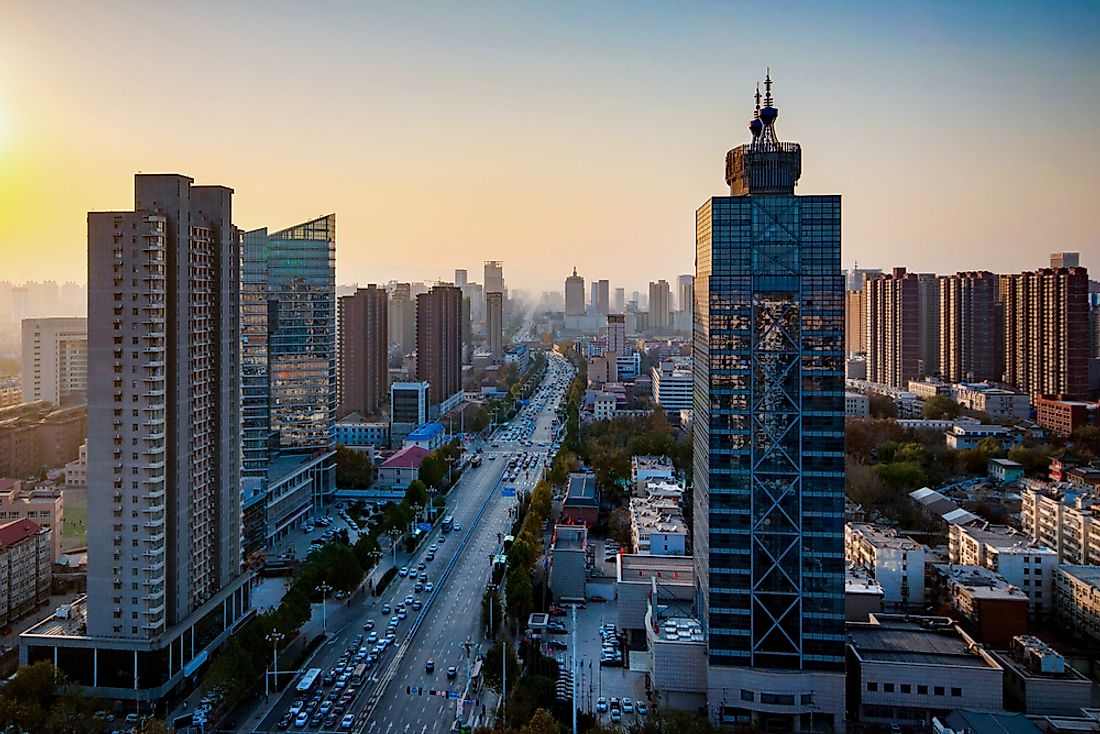Shijiazhuang – The Capital Of Hebei Province

Hebei is a province located in the northern part of China. The province encompasses a total area of 188,800 km2 and has a population of 74,700,500, ranking as China's 12th most extensive and 6th most populous province. The central and southern parts of Henei are primarily situated in the North China Plain, and the Taihang Mountains and Yan Mountains are located to the west and north of the province, respectively. The Great Wall of China passes through the province, from east to west. The highest point of Hebei, Mount Xiaowutai, has an elevation of 2,882.
Capital of Hebei
Shijiazhuang is the capital and largest city in China's Hebei Province. The city is located in south-central Hebei, about 266 km southwest of China’s national capital, Beijing. Shijiazhuang encompasses an area of 15,848 km2 and is subdivided into eight districts, two county-level cities, and 12 counties. The varied terrain of Shijiazhuang includes mountains, hills, basin, and plains, and has an average elevation of 83 m. The city experiences a semi-arid, continental climate that is influenced by monsoon winds. Summers in Shijiazhuang are hot and humid, while winters are cold, dry, and windy.
Demographics of Shijiazhuang
Shijiazhuang has an estimated population of 10,784,600. The Han people are the largest population group in the city. Shijiazhuang also contains smaller populations groups from Korea and Mongolia.
History of Shijiazhuang
Shijiazhuang has a long history that dates back to the ancient city of Shiyi during the pre-Han times (before 206 BC). The city later served as a county town during the rule of the Han and Sui dynasties. After the county was dismissed during the rule of the Tang dynasty, the settlement existed as a local market town. Shijiazhuang became prominent many centuries later when the Beijing–Wuhan (Hankou) railway reached the city in 1905. The Shitai railway line reached Shijiazhuang two years later, transforming it into a hub of commerce and communications. While primarily a railway town before World War II, it developed into a major industrial city in the post-war period and was named Shijiazhuang in 1948. After the formation of the People’s Republic of China in 1949, Shijiazhuang developed rapidly, and its population grew quickly. The city's textile industry also expanded, and its engineering base experienced further development.
Economy of Shijiazhuang
Shijiazhuang has a flourishing economy and is a major industrial city in North China. In addition to its well-developed textile and pharmaceutical industries, the city's economy also includes light industry, electronics, and chemicals. In 2014, Shijiazhuang had a GDP of approximately $80.45 billion USD. The city also serves as a hub of the dairy trade, and the Sanlu Group, a Chinese state-owned dairy product company, has its headquarters in Shijiazhuang.











